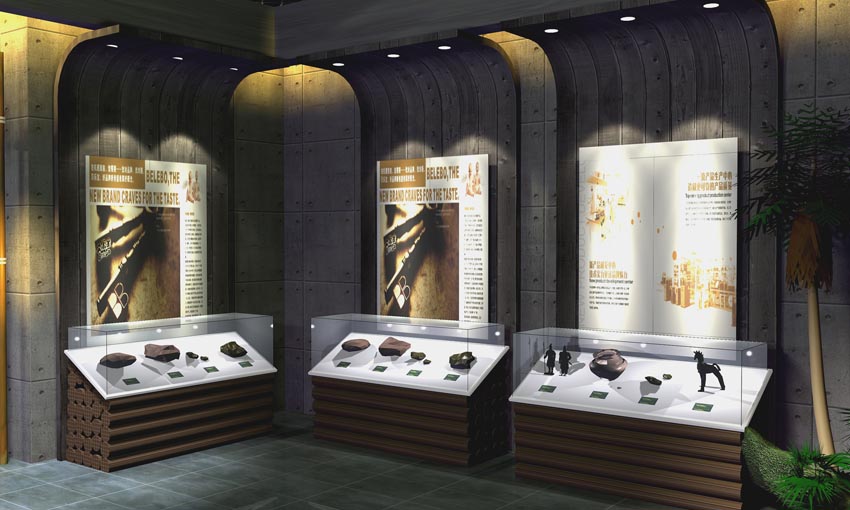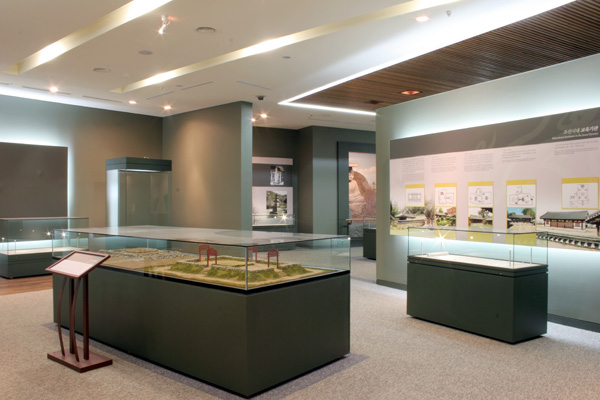& nbsp; As an important carrier of cultural relics display, the lighting design of wall cabinets in museums should not only meet the core needs of cultural relics protection, but also convey the cultural value of exhibits through light and shadow language. In the selection of lamps and lanterns, light control, installation and commissioning, designers need to balance "protection" and "display" with a scientific and rigorous attitude. The dual mission of the millennium civilization is revitalized in the appropriate halo.

& nbsp; & nbsp; & nbsp; I. Selection of lamps and lanterns: light source revolution
based on low damage & nbsp; Although traditional halogen lamps can create warm light effects, their ultraviolet radiation and high temperature are invisible killers for the protection of cultural relics. Full-spectrum LED lamps have been widely used in modern museums, requiring UV content less than 75 μW/LM and infrared radiation power density less than 0.5 W/m2. For photosensitive cultural relics such as silk and ancient books, it is suggested that a narrow spectrum light source with a color temperature of 3000 K should be selected, and the light beam should be precisely controlled in the exhibit area with an optical lens to avoid cumulative damage caused by light overflow. In the special exhibition of "Shiqu Baoji", the Beijing Palace Museum achieved 0.1% ultraviolet suppression rate through customized LED track lights to ensure the safe display of precious paintings and calligraphy.
& nbsp; 2. Light control: millimeter-level precision lighting logic

& nbsp; & nbsp; & nbsp; III. Anti-glare design: micro-engineering
to eliminate light pollution & nbsp; Reflected glare from glass cabinets can seriously interfere with the viewing experience. The International Commission on Illumination (CIE) stipulates that the surface brightness of display cases should not exceed 30 CD/m2. The designer can achieve control through three technical paths: 1) select anti-glare glass (reflectivity ≤ 1.5%), 2) form an angle of more than 30 ° between the installation position of the lamp and the viewer's viewpoint, and 3) install a honeycomb anti-glare grille in front of the lamp. The British Museum innovatively hides the light source inside the laminate in the Parthenon sculpture display case, and achieves the effect of "seeing the light but not the lamp" through the micro-light guide structure.
& nbsp; & nbsp; & nbsp; IV. Intelligent Dimming: Dynamic System
Responsive to Temporal and Spatial Changes & nbsp; It has become an industry trend to introduce ambient light sensors and people flow detection modules to build adaptive lighting systems. When the natural light intensity changes, the AI algorithm automatically adjusts the brightness of the artificial light source to keep the illumination stable; the power is automatically reduced to 30% during the period of no visitors, and the lighting in the corresponding area is turned off immediately when the exhibits are taken out for maintenance. Through this system, the digital display center of Dunhuang Research Institute controls the annual light radiation within 50 Lux per hour, which is far below the limit of 150 Lux per hour stipulated by the international standard.
previous:How to choose museum display cabinets for different exhibits?
next:What problems should be paid attention to in the lighting of the cabinet along the wall of the museu